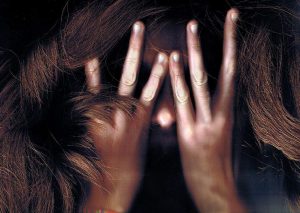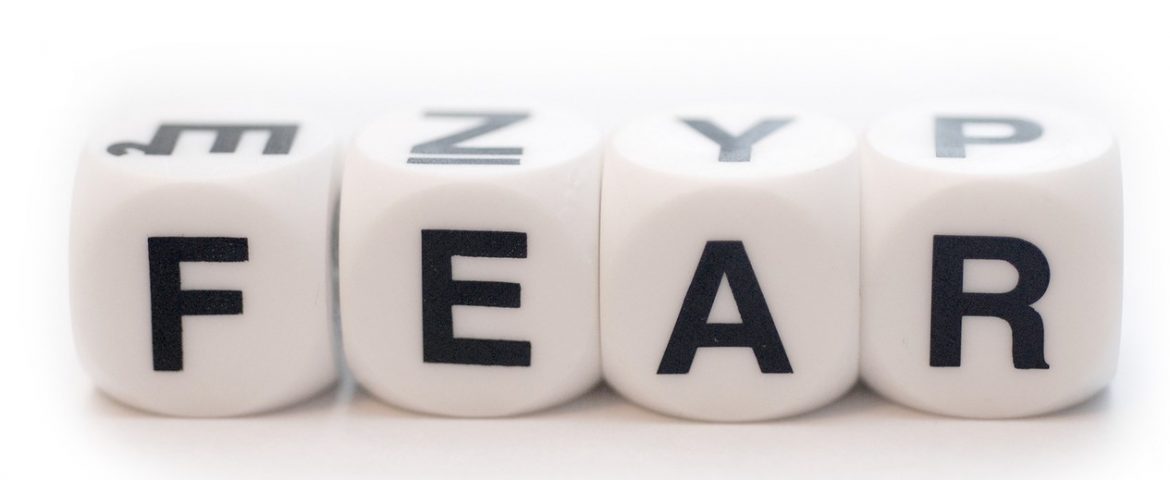Do you have a fear, phobia or anxiety?
Over the many years I have been working as a hypnotherapist and counsellor. I have realised that nearly everyone I meet, has in some way or another, been affected by a fear, phobia or anxiety. So what are they exactly?
A phobia can feel very real to the person who sees a house spider running across the room. The mere sight of it can trigger a very powerful response. However, the house spider we find in our homes in the City of Bath, is neither harmful nor dangerous. But for people with a phobia of spiders, that’s exactly what mode they are in. A person with a phobia is someone who has an irrational fear of something or a situation that is not considered dangerous or life threatening.
I would suggest that most of us can relate to people with a phobia and understand what is meant when a spider is described as “hideous”, “ghastly” or “creepy”. But more often than not, be unable to comprehend a phobia that prevents leaving the confines of their own home. It can be very disabling for the person involved. At the end of the day, all phobias are basically the same as they have no basis in reason. But people still acquire them one way or another and do feel those very strong fear responses normally associated with an event, object or organism. And to those people it does impose a real fear or even danger to life response.
So where do phobias come from and what can we do about them?
Well phobias can stem from a number of direct or indirect causes. Such causes where emotions attach to the memory of a situation, event or experience. This can happen at any stage of life. It can be from childhood where the memory of the situation, event or experience has been blurred over time. The anxiety itself is projected onto a symbol of the event and the emotion is then re-experienced whenever that symbol comes to mind.

Phobias can be created through severe stress or a sequence of stressful or negative experiences. They can be created by having a fear of fear itself and the dread of the slightest idea that one would get close to such a feeling. A phobia can be transferred in some way from parent to child, whereby the parent unknowingly trains their child to hold an irrational fear of something which they fear themselves. Any past trauma can be the catalyst to developing a phobia for any particular thing that the traumatic experience represents.
For many, there may well have been a horrifying or just a nasty experience at some stage of their life. It is as a result of something deeply buried in the unconscious that has caused the experience to evolve into a phobia. Since all of the symptoms are symbolic of the original event, that caused emotion to be bottled away deep in the unconscious mind in the first place.
A recent survey showed the general public’s’ top ten fears are as follows:
- Public speaking
- Heights
- Snakes
- Spiders
- Needles
- Enclosed spaces
- Flying
- Open spaces
- Failure
- Pain
Of all fears we may ever face in our lifetime, public speaking is the number one fear most people have or can relate too. Combine this with the idea of failure, which is also listing in the top ten, we can see that the fear of humiliation is paramount in the minds of most people. The pressure to perform and succeed is not far behind, leaving us vulnerable to getting fearful in social situations or an anxiety of how well we will perform sexually.
Having a social anxiety or social phobia is more common than you might think. It is a condition which leaves a person afraid of being put ‘on the spot’. They will fear the idea of humiliation or being made to look stupid, thereby embarrassing themselves. This is often the case in work-related situations, public events or in a social group or gathering. Social anxiety or social phobia often consists of a wide number of symptoms.
Some of the most common symptoms include:
- Blushing
- Low confidence levels
- Stuttering or stammering
- Low self esteem or self worth
- Shyness
- Lack of sexual performance
- Performance issues with interviews
- Hot flushes
- Issues with ability e.g. driving test
- Problems with going out generally
- Difficulty using a telephone
- Issue with eating in front of others
- Panic or anxiety attacks
- Like they’re frozen ‘on the spot’
It can be the case that people that seem confident can in fact suffer from social anxiety when they feel out of control. The same can occur in a situation where their performance is being judged. Walking the line between confidence and anxiety can often be very thin. Ultimately we all have programmes within us which trigger off worry, anxiety or fear. Believe it or not they are very useful tool, which aid us to be mindful, keep us on our toes or protect us from harm. The aim in life is to make sure we only fill our programmes with those situations, events, experiences, objects or organisms which necessitate the need to trigger our inner resources of protection. These inner resources being worry, anxiety and fear.
The aim of therapy is never to completely eradicate worry, anxiety or fear since they can be, and are, very useful in the right situation. The aim is to deal with the unnecessary worries, the unnecessary anxieties or the unnecessary fears which we have accumulated over time.

